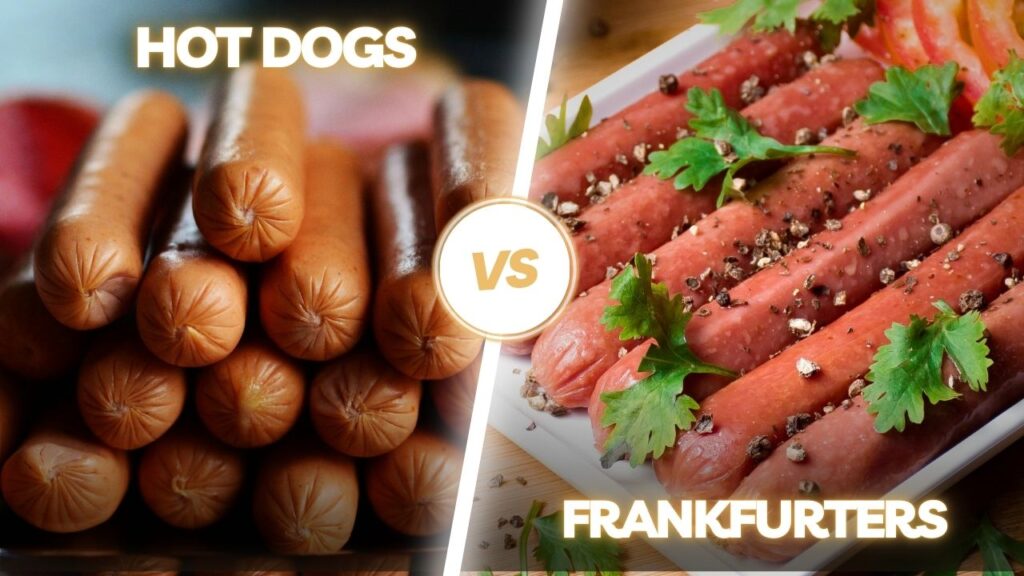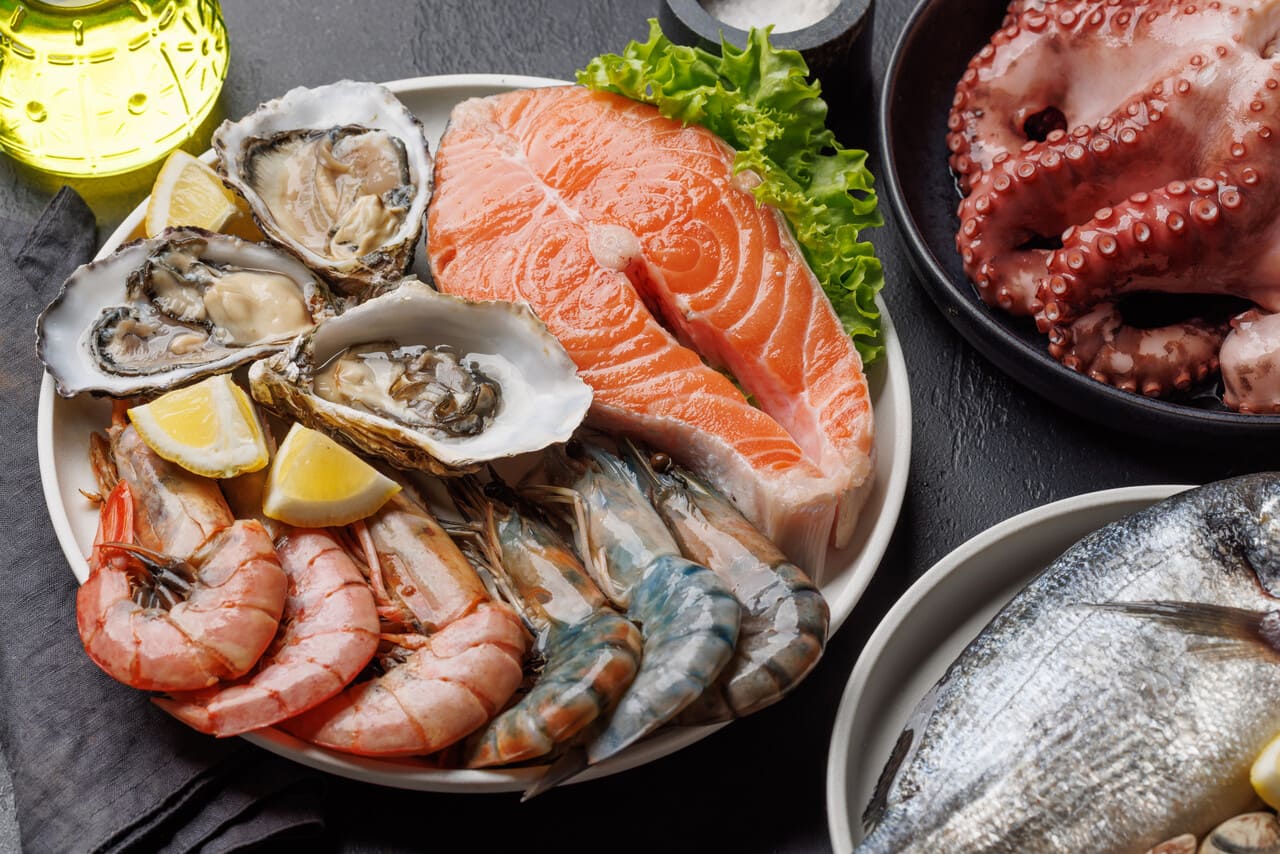Hot Dogs vs. Frankfurters: 8 Key Ways Classic American Eats Are Totally Different

Hot dogs and frankfurters are classic American foods—they can be found everywhere from suburban barbecues to baseball games. Though they are often used interchangeably, these two American classics are not identical. What separates them is where they come from, typical ingredients and casings, common cooking methods, and even how they’re often served. But that does not mean all is lost; here we break down eight of the key differences between hot dogs and frankfurters and discuss why these minor distinctions make both highly appealing to folks from coast to coast.
1. Origins: Where They Come From

Hot dogs took off in the late 19th century in the United States, with roots traced back to German sausages introduced by immigrants. For centuries, frankfurters have been associated with Frankfurt, Germany. Inspiration came from finely ground pork and beef German sausages. As such, while European sausage traditions influence both the hot dog and the frankfurter, the frankfurter became an American staple in its own right: often served in a bun and decked out with various condiments.
2. Ingredients: What’s Inside?

Frankfurters are commonly blends of beef and pork (or all beef), finely ground and spiced with garlic, salt, pepper, and other seasonings, typically in a casing. Hot dogs can be beef-only, pork-and-beef, or include poultry, and some mass-market versions may use binders or sweeteners. Although both are emulsified sausages, many frankfurter styles aim to resemble original European recipes, while some hot dogs, especially value options, feature simpler, quick-serve formulations.
3. Texture: How They Feel

Both hot dogs and frankfurters are usually made from an emulsified meat paste, yielding a smooth texture. Frankfurters often retain a bit more snap when packed in natural or collagen casings, giving a traditional sausage-style bite. Hot dogs can have a similar texture, though products with softer casings or more fillers may feel spongier. Ultimately, bite and mouthfeel depend on casing type and formulation rather than the name alone.
4. Preparation: How They’re Made

Commercial frankfurters and hot dogs are generally pre-cooked: often smoked and then cooked before packaging. At home or at stands, frankfurters are frequently grilled or gently heated to bring out their delicate, smoky flavor, while hot dogs are commonly steamed, boiled, grilled, or pan-seared for speed and convenience. Different heating methods can shift flavor and texture, which is part of what distinguishes how people experience the two.
5. Appearance: Form and Function

Frankfurters are often sold in longer, slimmer links, while hot dogs are commonly sized to fit standard buns. That said, sizes vary widely; think bun-length franks, footlongs, and cocktail sizes. The familiar hot dog size makes them ideal for quick meals on the go, while longer frankfurter links are frequently seen in settings that spotlight the sausage itself with simple accompaniments.
6. Serving Style: How They’re Eaten

Hot dogs are the quintessential casual, party food: usually in soft buns, and show up at barbecues and ball games with toppings like ketchup, mustard, onions, relish, and sauerkraut. Frankfurters, by tradition, are often served in a bun or with a roll and mustard or sauerkraut, letting the sausage take center stage. In many U.S. contexts, the serving styles overlap; it’s the emphasis on toppings versus the sausage itself that often differs.
7. Cultural Significance: Where They’re Popular

Hot dogs are embedded in American food culture: from baseball games to Fourth of July cookouts to city street carts. In German-speaking countries, frankfurter-style sausages hold a longstanding place in everyday cuisine. In the U.S., specialty shops and regional vendors may distinguish frankfurters from standard hot dogs, but both are widely enjoyed in casual dining.
8. Health Considerations: Which Is Healthier?

Nutrition varies by brand and recipe. Some frankfurters and some hot dogs have short, straightforward ingredient lists; others include added sugars, binders, and higher sodium. Portions and casings also affect calories and sodium per link. For both, checking labels for ingredients and nutrition, and enjoying in moderation, is the most reliable approach.







